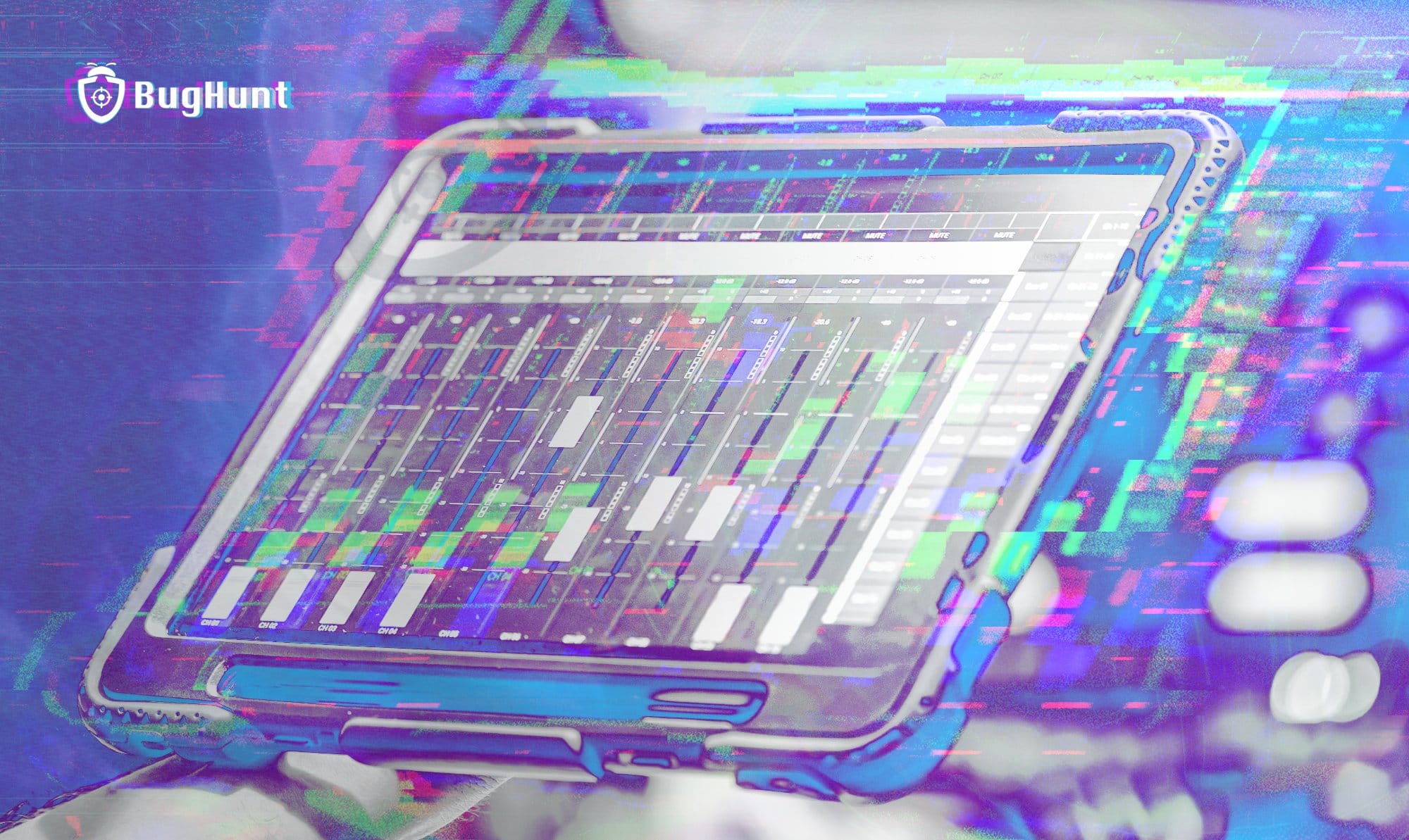How to Protect Industrial Control Systems (ICS) / SCADA

Cybersecurity is an essential priority for sectors that rely on Industrial Control Systems (ICS) and Supervisory Control and Data Acquisition (SCADA) systems.
These systems form the backbone of industrial operations, monitoring and controlling critical processes in sectors such as energy, water, oil, gas, and many others.
Continue reading to discover best practices for protecting ICS/SCADA against cyber threats and ensuring operational continuity.
What are ICS and SCADA?
ICS (Industrial Control Systems) are systems that monitor and control industrial processes. They include a variety of technologies, such as:
- SCADA (Supervisory Control and Data Acquisition): A system that collects real-time data from remote sensors and devices, allowing operators to monitor and control industrial processes from a central location.
- DCS (Distributed Control Systems): Systems that control production processes in a plant or facility by distributing control functions across different components rather than centralizing them in one location.
- PLC (Programmable Logic Controllers): Controllers that automate industrial processes, managing functions such as the operation of machines, valves, and other equipment.
SCADA is perhaps the best-known ICS because it is widely used to control complex and geographically dispersed operations, such as electrical power networks and water treatment systems. Therefore, securing SCADA systems is a critical concern for protecting national infrastructures.
Types of Cyber Threats to ICS / SCADA
Protecting ICS / SCADA systems starts with understanding the threats they face. Here are some of the most common threats:
- Malware: Malicious programs can be introduced into ICS and SCADA systems to compromise their operations. A notable example is Triton, detected in 2017, which attacked safety systems at a petrochemical facility in the Middle East, potentially causing serious physical damage.
- Ransomware: This type of attack involves encrypting data from critical systems, with criminals demanding a ransom to restore access. In an industrial context, this can paralyze operations and result in enormous financial losses.
- Denial of Service (DoS) Attacks: These attacks aim to overwhelm the system with malicious traffic, rendering it inaccessible or preventing normal operation.
- Social Engineering Attacks: Employees in industrial plants may be targeted by phishing attacks, where they are tricked into providing access credentials or executing malicious commands on the systems.
How to Protect ICS / SCADA Against Cyber Attacks
Protecting ICS / SCADA systems requires a multidimensional approach that includes technical measures, organizational policies, and ongoing training.
Here are some practices to protect these systems:
- Network Segregation: Isolating the industrial control network from corporate networks and the internet is crucial. Creating security zones, such as a demilitarized zone (DMZ), helps limit these systems' exposure to external threats. Implementing specific firewalls for industrial environments is essential to monitor and control traffic between these zones.
- Security Updates and Patches: Keeping ICS / SCADA systems updated with the latest security patches is vital for closing known vulnerabilities. Often, these systems operate on legacy hardware and software, making it challenging to apply updates. However, establishing a regular maintenance schedule to ensure all components are up to date is one of the most effective ways to mitigate risks.
- Continuous Monitoring and Threat Detection: Implementing continuous monitoring and threat detection solutions allows for real-time identification of suspicious activities. Additionally, using artificial intelligence for behavioral analysis can help detect anomalous patterns that may indicate an impending attack.
- Training and Awareness: The human factor is one of the greatest vulnerabilities in cybersecurity. Regular training for operators and staff is essential to ensure everyone is aware of best practices for cybersecurity. Awareness of cyber threats and how to avoid them can significantly reduce these systems' vulnerability.
- Access Management: Identity and access management should be strict, ensuring that only authorized personnel have access to sensitive areas of the system. Implementing multifactor authentication and restricting access based on user roles are effective strategies to minimize the risk of unauthorized access.
- Bug Bounty Programs: Participating in bug bounty programs can be an effective strategy for identifying and fixing vulnerabilities in ICS / SCADA systems. These programs encourage security researchers to test the systems for flaws that may not be detected internally. By leveraging the expertise of a community of specialists, organizations can discover and fix vulnerabilities before they are exploited by cybercriminals, proactively strengthening their systems' security.
- Incident Response Plans: In addition to preventive measures, having a well-defined incident response plan is crucial to ensure your organization is prepared to quickly address any cyberattack that could compromise ICS / SCADA systems. This plan should include clear procedures for identifying, containing, and remediating attacks, as well as regular simulation exercises to minimize the impact on critical operations and ensure the continuity of industrial processes.
As noted, protecting ICS / SCADA systems requires an integrated approach that combines technical measures, organizational policies, and employee awareness.
With the constantly evolving landscape of cyber threats, it is vital for companies to stay one step ahead by adopting the best practices and technologies available to ensure the security of their operations.
Did you find this content helpful? You can access more articles on cybersecurity techniques on the BugHunt Blog. Click here to browse our feed.

